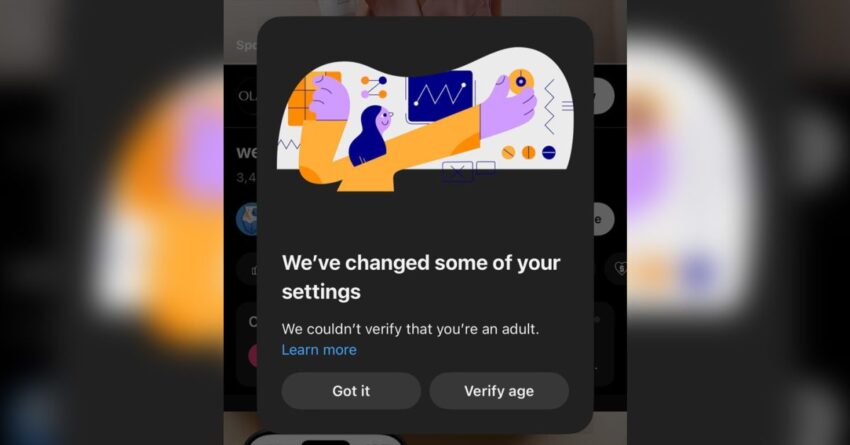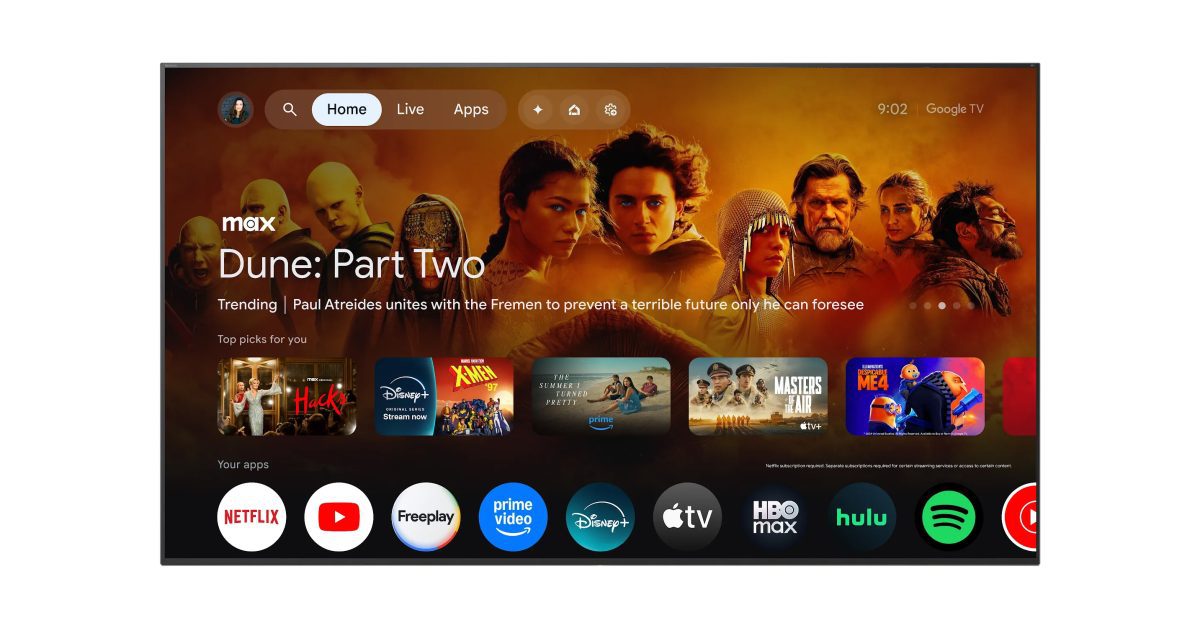
youtube widely pushes ai age verification and YouTube is implementing AI-driven age verification measures, leading to account restrictions for many users.
youtube widely pushes ai age verification and
Introduction to AI Age Verification on YouTube
In a significant move towards enhancing user safety and compliance with legal standards, YouTube has begun to roll out its AI age verification system more broadly. Initially introduced in August, this feature aims to restrict access to age-sensitive content and ensure that users meet the appropriate age requirements. However, the rollout has not been without controversy, as numerous users have reported restrictions on their accounts, raising questions about the effectiveness and implications of this technology.
Background on Age Verification Challenges
Age verification has long been a contentious issue across various online platforms, particularly those that host user-generated content. The challenge lies in balancing the need for user privacy with the necessity of ensuring that minors are not exposed to inappropriate material. Traditional methods of age verification, such as requiring users to submit identification, have proven cumbersome and often ineffective.
In response to these challenges, YouTube’s AI age verification system leverages advanced machine learning algorithms to assess a user’s age based on their interactions with the platform. This includes analyzing user-uploaded content, comments, and other engagement metrics. While this method promises a more seamless experience, it raises concerns regarding accuracy and potential biases inherent in AI systems.
Details of the AI Age Verification System
How It Works
The AI age verification system operates by analyzing a variety of data points to estimate a user’s age. This includes:
- User-generated content: Videos and comments uploaded by the user.
- Engagement patterns: How users interact with different types of content.
- Account history: The age of the account and previous compliance with age-related policies.
Upon analyzing these factors, the system assigns an estimated age to the user. If the system determines that a user is under the required age for certain content, it may restrict access to that content or even limit the user’s overall account capabilities.
Implementation Timeline
The rollout of this AI-driven feature began in August and has been gradually expanded to a wider audience. Reports indicate that the implementation is now affecting a significant number of users, with many experiencing restrictions on their accounts. This rapid deployment raises questions about the thoroughness of testing and the potential for errors in the system.
User Reactions and Experiences
As the AI age verification system has been rolled out, user feedback has been mixed. Many users have expressed frustration over the restrictions placed on their accounts, often without clear explanations or the ability to appeal the decisions made by the AI.
Common Complaints
Some of the most common complaints from users include:
- Lack of Transparency: Users have reported that they are not informed about how their age was determined or why their accounts were restricted.
- Inaccurate Age Estimates: Several users claim that the AI system incorrectly assessed their age, leading to unwarranted restrictions.
- Difficulty in Appeal Processes: Users have found it challenging to navigate the appeal process to regain access to their accounts.
This feedback highlights the need for YouTube to improve communication with its user base regarding the AI age verification process. Transparency is crucial in building trust, especially when automated systems are involved in making decisions that impact user access.
Implications for Content Creators
The introduction of AI age verification also has significant implications for content creators on the platform. Many creators rely on YouTube as their primary source of income, and restrictions on accounts can directly affect their revenue streams.
Impact on Monetization
With the new age verification measures in place, content creators may face challenges in monetizing their videos, particularly if their audience includes a significant number of younger viewers. If the AI system restricts access to certain content, it could limit the reach and engagement of videos, ultimately impacting ad revenue.
Content Strategy Adjustments
Creators may need to adjust their content strategies to accommodate the new age verification system. This could involve:
- Creating age-appropriate content to ensure compliance with YouTube’s policies.
- Engaging with audiences to clarify the age restrictions and encourage compliance.
- Exploring alternative platforms for content distribution that may have different age verification requirements.
These adjustments may require additional effort and resources from creators, further complicating their ability to succeed on the platform.
Legal and Regulatory Considerations
The implementation of AI age verification on YouTube is also influenced by legal and regulatory frameworks surrounding online content and user safety. Governments around the world are increasingly scrutinizing how platforms manage age restrictions, particularly in light of rising concerns about children’s exposure to inappropriate material.
Compliance with Global Standards
YouTube’s age verification efforts must comply with various regulations, including:
- Children’s Online Privacy Protection Act (COPPA): In the United States, this law imposes strict requirements on how online services collect data from children under 13.
- General Data Protection Regulation (GDPR): In Europe, this regulation requires platforms to ensure that they have appropriate measures in place to protect user data, including age verification.
Failure to comply with these regulations can result in hefty fines and legal repercussions, making it imperative for YouTube to refine its age verification processes continually.
Future of AI in Age Verification
The ongoing rollout of AI age verification on YouTube may set a precedent for other platforms to follow. As technology continues to evolve, the potential for more sophisticated age verification methods increases. However, the challenges associated with AI, including bias and accuracy, must be addressed to ensure that these systems are fair and effective.
Potential Enhancements
Future enhancements to the AI age verification system could include:
- Improved Algorithms: Continuous refinement of the algorithms used to assess age could lead to more accurate results.
- User Feedback Integration: Incorporating user feedback into the system could help identify and rectify inaccuracies more swiftly.
- Transparency Measures: Providing users with clearer explanations of how age determinations are made could build trust and improve user experience.
As YouTube navigates the complexities of AI age verification, the platform must remain vigilant in addressing user concerns and ensuring compliance with legal standards.
Conclusion
YouTube’s implementation of AI age verification represents a significant step towards enhancing user safety and compliance with legal standards. However, the rollout has sparked controversy, with many users experiencing account restrictions and expressing concerns over transparency and accuracy. As the platform continues to refine its approach, it must balance the need for effective age verification with the rights and experiences of its users. The future of AI in age verification will depend on how well platforms can address these challenges while maintaining user trust and compliance with regulatory requirements.
Source: Original report
Was this helpful?
Last Modified: September 24, 2025 at 9:00 pm
3 views















